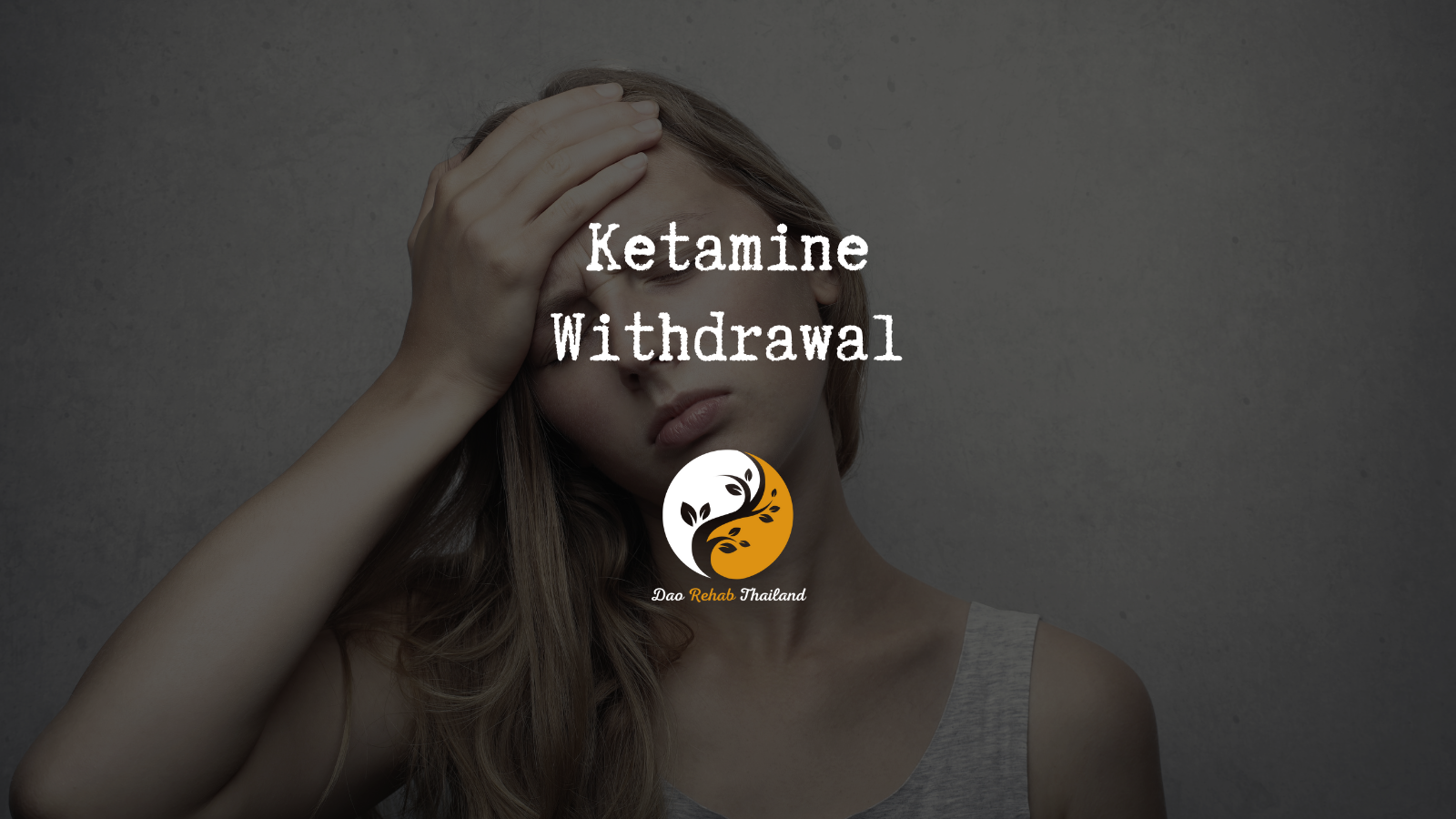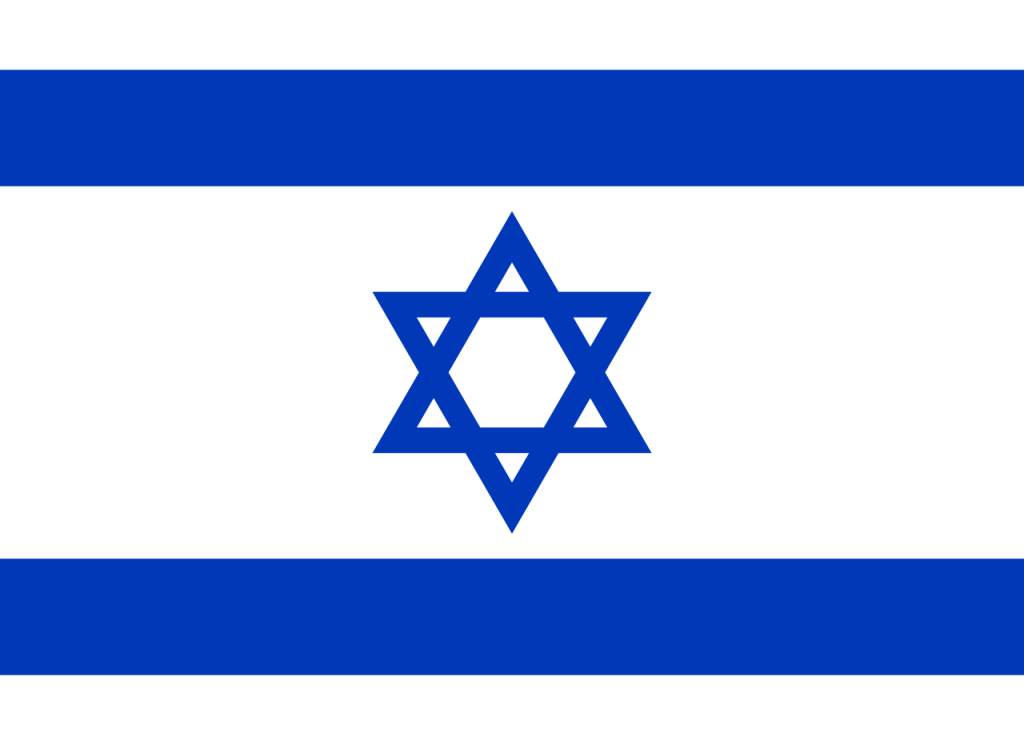
Ketamine Withdrawal in thailand
Ketamine Withdrawal
“Turning the impossible into possible”

"Detox from Ketamine at a Luxury Holistic Center in Thailand and Israel"

Detox from Ketamine
Ketamine, a dissociative anesthetic and recreational drug, is used medically for anesthesia and pain relief, but its potential for misuse can lead to dependence. Withdrawal from ketamine may not be as widely recognized as withdrawal from opioids or alcohol, but it can still present significant physical and psychological challenges. Here is what you need to know about ketamine withdrawal:
Detoxification from ketamine at DaoTherapy Rehab in Thailand focuses on both mental and physical rehabilitation, providing professional guidance and holistic support. Ketamine, an anesthetic sometimes used as a psychoactive substance, can lead to psychological dependence and cause long-term neurological damage. The detox process at DaoTherapy includes managing withdrawal symptoms like confusion, anxiety, depression, and memory impairment. Each patient receives a personalized treatment plan that incorporates the 12-Step program, yoga, meditation, and emotional therapy. The holistic approach emphasizes strengthening the patient’s inner and mental resilience, equipping them with tools for successful reintegration into life after detox and for maintaining abstinence from ketamine.
"Holistic Center for Trauma, Addiction, and Mental Imbalance Treatment in Thailand"
“Come to the beginning of your journey to freedom from addiction to alcohol, drugs, and pills, and rediscover your life within the serene embrace of DaoTherapy Rehab in Thailand—where holistic healing meets empowering recovery.”
DaoTherapy Holistic Rehab
Key Elements of Ketamine Detox:
Medical Supervision: Ketamine detox must be conducted under medical supervision, as the body may experience withdrawal symptoms. These can include nausea, anxiety, muscle aches, and insomnia. A medical team will monitor and manage these symptoms to ensure the patient’s safety and comfort.
Holistic Therapies:
Holistic Therapies: Many detox programs incorporate holistic therapies such as mindfulness, yoga, and meditation to help individuals cope with stress and anxiety during the detox process. These therapies support the mind-body connection and contribute to overall recovery.
Tapering Process
Tapering Process: Ketamine detox often involves a gradual tapering of the drug to reduce withdrawal severity. Doctors will slowly decrease the dosage over time to allow the body to adjust to lower levels of the substance.
Psychological Support:
Psychological Support: Like any addiction recovery process, detox from Ketamine includes psychological support. This can involve counseling, therapy, or support groups to address the mental and emotional aspects of addiction.
Post-Detox Treatment:
Post-Detox Treatment: After completing detox, continuing treatment is crucial to prevent relapse. This often includes participation in ongoing therapy, group support, and the development of new coping strategies to maintain sobriety.
Development and Discovery of Ketamine:
1. Discovery:
Ketamine was first synthesized in 1962 by Dr. Calvin Stevens, an American chemist working at Parke-Davis, a pharmaceutical company. The initial development aimed to create a safer alternative to phencyclidine (PCP), which had been used as an anesthetic but was found to have severe and prolonged side effects, including hallucinations and psychosis.
2. Initial Testing and Approval:
Ketamine was tested extensively throughout the 1960s. Early studies showed that it was effective as an anesthetic with a much shorter duration of action and fewer severe side effects compared to PCP. These promising results led to its approval for human use by the U.S. Food and Drug Administration (FDA) in 1970. Ketamine was introduced as an anesthetic under the brand name “Ketalar.”
3. Use in Medical Settings:
Ketamine gained rapid popularity in medical settings, particularly for anesthesia in surgical procedures and for pain management. It was valued for its ability to induce a state of “dissociative anesthesia,” where patients are conscious but detached from pain and their surroundings. This made it particularly useful in situations where full sedation was not ideal.
4. Use in War and Emergency Medicine:
During the Vietnam War, ketamine was widely used as an anesthetic for soldiers due to its effectiveness, rapid onset, and relative safety compared to other anesthetics. Its stability and lack of need for complex equipment made it ideal for use in field hospitals and emergency situations.
5. Mechanism of Action:
Ketamine works primarily by blocking the NMDA (N-methyl-D-aspartate) receptors in the brain, which are involved in pain perception, mood regulation, and memory formation. This blockage disrupts the transmission of pain signals and leads to the characteristic dissociative state. Ketamine also interacts with other receptor systems, contributing to its complex profile of effects.
6. Expansion to Mental Health:
In recent years, ketamine has seen a resurgence in popularity due to its potential in mental health treatment, particularly for treatment-resistant depression. Research has shown that low doses of ketamine can have rapid-acting antidepressant effects, helping patients who do not respond to conventional therapies. This has led to the development of ketamine clinics and the use of ketamine infusions as a treatment for depression and suicidal ideation.
7. Recreational Use and Abuse:
Despite its medical benefits, ketamine’s dissociative and hallucinogenic properties have led to its use as a recreational drug. Known as “Special K” in club and party scenes, it can induce altered perceptions, detachment from reality, and hallucinations. Prolonged misuse can lead to physical and psychological dependence, cognitive impairment, and damage to the urinary and nervous systems.
8. Current Status:
Today, ketamine is used both as an anesthetic and as an off-label treatment for depression and other mental health disorders. It is classified as a Schedule III controlled substance in the United States, indicating that while it has medical uses, it also has the potential for abuse. Ketamine research continues to explore its broader applications in psychiatry, including its potential for post-traumatic stress disorder (PTSD) and chronic pain management.
Ketamine has evolved from its initial use as an anesthetic to a multifaceted drug with applications ranging from emergency medicine to cutting-edge treatments for mental health. While its medical value is recognized, the potential for misuse and addiction underscores the need for controlled and responsible use.

contact us
Contact us with your questions
We would love to speak with you! Feel free to reach out with any questions.

get in touch
Schedule a free consultation
Schedule a free consultation with our team and let’s make things happen!
Medical Risks and Side Effects of Ketamine:
Ketamine, while effective as an anesthetic and a treatment for certain conditions, carries potential medical risks and side effects, especially when used improperly or recreationally. Here are the primary medical dangers and side effects associated with ketamine use:
1. Common Side Effects:
– Dissociation: One of the most characteristic effects of ketamine use is dissociation, where users feel detached from their body and surroundings. This can be unsettling and lead to confusion.
– Nausea and Vomiting: Ketamine use, particularly in medical or high doses, can cause nausea and vomiting.
– Drowsiness and Dizziness: Users often feel drowsy or experience dizziness, which can impair coordination and reaction times.
– Blurred Vision: Vision disturbances and a feeling of “tunnel vision” are not uncommon.
– Increased Heart Rate and Blood Pressure: Short-term cardiovascular effects may include elevated heart rate and blood pressure.
2. Psychological and Cognitive Side Effects:
– Hallucinations and Delusions: Ketamine can induce hallucinations and a distorted sense of reality, which can be distressing.
– Anxiety and Paranoia: Some users experience intense anxiety or paranoia during or after use.
– Memory Impairment: Both short-term and long-term use of ketamine can lead to memory problems and reduced cognitive function.
– Confusion and Disorientation: Users may feel confused or disoriented, affecting their ability to perform normal activities.
3. Risks of Long-Term or High-Dose Use:
– Urinary Tract and Bladder Damage: Chronic ketamine use has been linked to a condition known as “ketamine bladder syndrome,” characterized by painful urination, incontinence, and even bladder damage that may require medical intervention.
– Kidney Problems: Prolonged use can also affect kidney function due to damage to the urinary system.
– Liver Damage: Although less common, long-term use can contribute to liver issues and damage.
– Tolerance and Dependence: Repeated use can lead to tolerance, where larger doses are required to achieve the same effects, and dependence, where users may find it difficult to stop using ketamine without experiencing withdrawal symptoms.
4. Potential for Addiction:
– Psychological Dependence: Ketamine has a risk for psychological dependence, where individuals may crave the drug for its euphoric and dissociative effects.
– Behavioral Changes: Addiction to ketamine can lead to changes in behavior, such as neglecting responsibilities, social withdrawal, and prioritizing drug use over personal and professional commitments.
5. Withdrawal Symptoms:
– Anxiety and Agitation: When stopping ketamine after prolonged use, individuals may experience anxiety, restlessness, and agitation.
– Depression: Some users report depression during withdrawal due to the disruption of neurotransmitters affected by ketamine.
– Fatigue and Insomnia: Difficulty sleeping and persistent tiredness are common during withdrawal.
6. Medical Risks of Overdose:
– Severe Confusion and Hallucinations: High doses can lead to profound hallucinations, confusion, and a state known as a “K-hole,” where users feel extreme dissociation and near-immobilization.
– Respiratory Depression: While less common than with opioids, large doses of ketamine can still lead to respiratory issues.
– Loss of Consciousness: Overdose can cause a loss of consciousness and, in extreme cases, may lead to coma or death.
7. Contraindications and Cautions:
– Pre-existing Health Conditions: Individuals with heart conditions, high blood pressure, or mental health disorders should use ketamine with caution and under strict medical supervision.
– Drug Interactions: Ketamine can interact with other medications and substances, particularly central nervous system depressants like alcohol and benzodiazepines, increasing the risk of severe side effects or overdose.
While ketamine has valid medical uses, such as anesthesia and treatment for depression, it carries significant risks if misused. Understanding the potential side effects, long-term dangers, and withdrawal symptoms is crucial for safe use. Medical professionals should monitor its administration closely, and individuals using ketamine recreationally or without supervision should be aware of the potential health consequences and seek help if needed.
Withdrawal Symptoms from Ketamine:
Ketamine withdrawal can be challenging, especially for those who have used it regularly or in high doses over an extended period. Although ketamine is not considered as physically addictive as opioids or alcohol, psychological and physical dependence can develop, leading to withdrawal symptoms when use is reduced or stopped. Here are the common withdrawal symptoms from ketamine:
1. Psychological Symptoms:
– Anxiety and Restlessness: Increased levels of anxiety and agitation are common during withdrawal as the brain adjusts to the absence of ketamine.
– Depression: Users may experience significant feelings of sadness or depression during the withdrawal process.
– Intense Cravings: A strong desire to use ketamine can persist and contribute to relapse if not managed.
– Mood Swings: Irritability, mood changes, and emotional instability are often reported.
– Confusion and Disorientation: Some individuals may feel disoriented or have trouble thinking clearly.
2. Physical Symptoms:
– Fatigue and Lethargy: Persistent tiredness and a lack of energy are common, as the body recovers from prolonged use.
– Tremors and Muscle Aches: Physical discomfort, including shaking and muscle pain, can occur.
– Sweating and Chills: The body may react with sudden sweats or chills as part of the detox process.
– Appetite Changes: Users might experience reduced appetite or, conversely, an increase in hunger.
– Headaches: Withdrawal can lead to headaches, which may vary in intensity.
3. Cognitive Effects:
– Difficulty Concentrating: Withdrawal can cause issues with focus and concentration, making it hard to carry out daily activities or work tasks.
– Memory Problems: Short-term memory impairment may continue during the initial withdrawal period.
4. Sleep Disturbances:
– Insomnia: Difficulty falling or staying asleep is a common symptom during ketamine withdrawal.
– Disturbed Sleep Patterns: Some individuals may experience vivid dreams or nightmares, contributing to poor sleep quality.
5. Severe Withdrawal Cases:
In some cases, individuals may face more intense withdrawal symptoms:
– Hallucinations or Delusions: Although rare, severe psychological withdrawal can include hallucinations or a feeling of detachment from reality.
– Paranoia: Heightened feelings of suspicion or paranoia may be experienced during the withdrawal phase.
Managing Ketamine Withdrawal:
– Medical Supervision: While ketamine withdrawal is not usually life-threatening, having medical support can help manage symptoms and provide emotional and psychological guidance.
– Therapeutic Support: Counseling and behavioral therapies can help individuals cope with psychological withdrawal symptoms and reduce the risk of relapse.
– Holistic Practices: Engaging in relaxation techniques such as mindfulness, yoga, and breathing exercises can help manage stress and promote a sense of calm.
– Hydration and Nutrition: Maintaining a balanced diet and staying hydrated supports the body’s recovery and can alleviate some withdrawal symptoms.
– Structured Routine: Establishing a daily routine with healthy habits can help manage withdrawal symptoms and facilitate long-term recovery.
Withdrawal from ketamine can be difficult, primarily due to its psychological effects. Proper support and a structured approach, including therapy and medical guidance, can make the withdrawal process safer and more manageable. Long-term strategies and a focus on overall mental health are essential for maintaining sobriety and preventing relapse.
Coping with Withdrawal:
Dealing with withdrawal can be a challenging and multifaceted process, as it involves managing both physical and psychological symptoms. Withdrawal symptoms can vary in intensity and duration based on the substance used, the duration of use, and individual health factors. Here are strategies and practices to effectively cope with withdrawal:
1. Medical Supervision and Support:
– Seek Professional Help: Withdrawal should ideally be managed under the guidance of medical professionals, particularly for substances that pose severe withdrawal risks, such as alcohol, opioids, or benzodiazepines.
– Detox Programs: Participating in a structured detox program can provide medical monitoring, medications to ease symptoms, and immediate support in case of complications.
2. Gradual Tapering:
– Reduce Gradually: For certain substances, tapering off the dose slowly can help minimize withdrawal symptoms and make the process more manageable.
– Personalized Plan: Work with a healthcare provider to create a gradual reduction plan tailored to your specific needs.
3. Medication-Assisted Treatment (MAT):
– Medication Support: Some medications can help manage withdrawal symptoms and reduce cravings. Examples include buprenorphine or methadone for opioid withdrawal and benzodiazepines for severe alcohol withdrawal.
– Symptom Management: Over-the-counter medications for nausea, headaches, or other discomforts may be recommended by a doctor.
4. Psychological Support:
– Therapy and Counseling: Engaging in cognitive-behavioral therapy (CBT) or other forms of counseling can help address the psychological challenges of withdrawal, such as anxiety, depression, and cravings.
– Support Groups: Participating in groups like Narcotics Anonymous (NA), Alcoholics Anonymous (AA), or other peer support networks provides encouragement, shared experiences, and community support.
5. Healthy Lifestyle Habits:
– Stay Hydrated and Eat Well: Proper hydration and a balanced diet support the body’s natural detoxification process and overall recovery.
– Physical Activity: Gentle exercise, like walking, yoga, or stretching, can help improve mood and reduce withdrawal symptoms.
– Sleep Hygiene: Maintaining a regular sleep schedule and practicing good sleep hygiene can improve rest and reduce insomnia.
6. Relaxation Techniques:
– Mindfulness and Meditation: Practicing mindfulness and deep breathing exercises can help manage anxiety and promote a sense of calm.
– Progressive Muscle Relaxation: This technique involves tensing and then relaxing different muscle groups to reduce stress.
– Guided Imagery: Visualizing peaceful and calming scenarios can help divert focus from withdrawal discomfort.
7. Create a Supportive Environment:
– Safe and Comfortable Space: Ensure that your environment is calm and supportive, with minimal stressors.
– Trusted Support Network: Have family or friends who understand your situation and can provide encouragement and assistance as needed.
8. Distraction and Engagement:
– Hobbies and Activities: Engage in activities that you enjoy, such as reading, drawing, or listening to music, to help keep your mind occupied and reduce focus on discomfort.
– Mindful Tasks: Simple, focused tasks like gardening, puzzles, or crafting can provide a sense of accomplishment and relaxation.
9. Monitor Progress and Adjust:
– Daily Journaling: Documenting how you feel each day can help track progress and identify patterns or triggers that need attention.
– Regular Check-Ins: Maintain regular contact with healthcare providers or counselors to adjust treatment plans and address any new or worsening symptoms.
10. Focus on Long-Term Recovery:
– Aftercare Planning: Once withdrawal symptoms subside, continuing with a structured aftercare program is essential for maintaining sobriety and preventing relapse.
– Lifestyle Changes: Incorporate long-term strategies such as maintaining healthy relationships, building new routines, and finding activities that promote fulfillment and growth.
Coping with withdrawal is a multifaceted process that requires a combination of medical, psychological, and lifestyle support. While withdrawal can be physically and emotionally taxing, following a comprehensive plan with the guidance of professionals and support from a strong network can make the process more manageable and pave the way for successful recovery.
Psychological Support:
Psychological Support: Like any addiction recovery process, detox from Subutex includes psychological support. This can involve counseling, therapy, or support groups to address the mental and emotional aspects of addiction.








